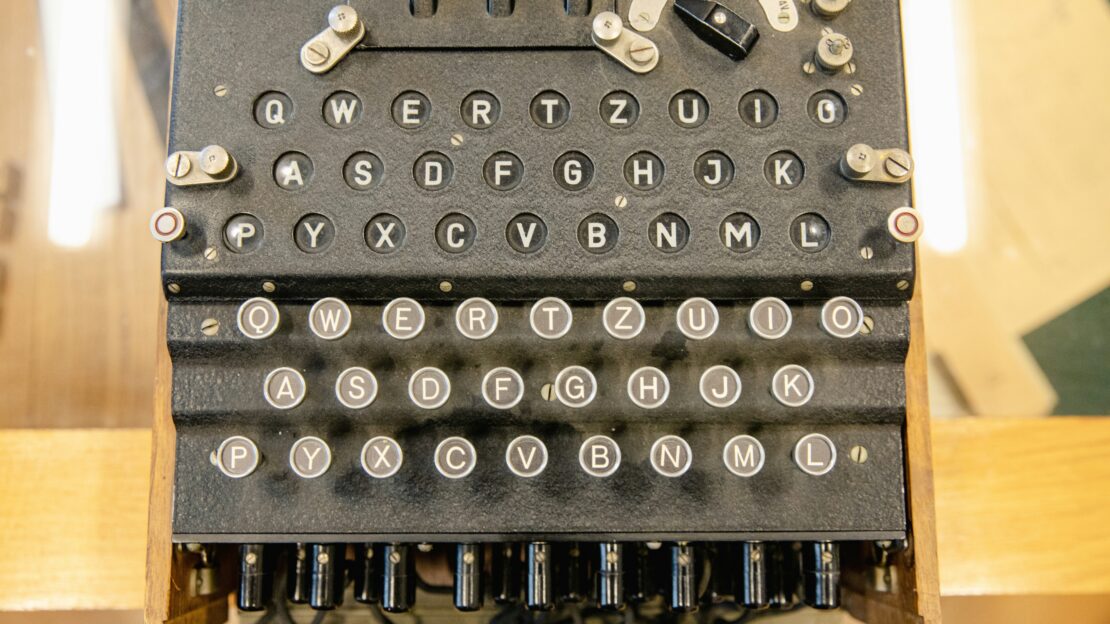Your tax code is used by your employer or pension provider to work out how much Income Tax to take from your pay or pension. You will have a separate code for every job or pension you have. HMRC will tell your employer which code to use.
If your tax code changes, your employer will receive a new code from HMRC, but they may not know why it has changed. HMRC will write to you separately with a detailed explanation.
Check online
You can check your tax code using the Income Tax online service within your Personal Tax Account. You’ll need your Government Gateway ID and password to access your account, or you can simply create an account if you don’t already have one.
You can also use this service to check that HMRC have your correct current address (often they don’t). This is the most common reason for taxpayers not receiving a copy of their coding notices.
The online service is the quickest way to tell HMRC if you think your tax code is wrong.
What does your code mean?
Most tax codes are made up of several numbers and a letter.
1257L is the usual code for 2023/24, if you have only one job. This represents your current personal tax allowance (you tax-free earnings allowance) of £12,570, with the final digit replaced with the letter L.
1257L means that you can earn up to £12,570 / 12 = £1,047.50 per month (or £241.73 per week) tax-free; anything over that will be taxed at 20% (and higher rates if you earn more than the basic rate tax band).
What do other letters mean?
M is for Marriage Allowance – you have received 10% of your partner’s personal allowance.
N is for a person who has transferred 10% of their allowance to their partner.
Employers automatically increase L, M and N codes at the start of each tax year if the personal allowance goes up.
T is used when there are other adjustments to your code. Employers can only change a T code when HMRC tells them to do so.
OT (no allowances) and BR (basic rate) mean you have no tax-free allowance and will pay 20% basic rate tax on all your income.
D0 and D1 mean all your income is taxed at 40% or 45% respectively, usually because you have more than one highly paid job or pension.
NT means you don’t pay any tax on this income.
Codes starting S apply in Scotland and codes starting C apply in Wales.
Non-cumulative or ‘emergency’ tax codes
Normal tax codes are applied to your total year-to-date earnings since 5th April. In any pay period that your tax code changes, your tax is recalculated for the whole year-to-date, and any under or over-payment in tax will be adjusted on your payslip.
However, if your tax code ends W1, M1 or X this signifies that an ‘emergency tax code’ or a ‘month 1/week 1’ basis will apply. The new code will not take into consideration any pay or tax deducted previously in that financial year.
This situation usually happens when you start a new job and your employer hasn’t received a coding notice from HMRC, or you do not have a P45 from your previous employment. It should be corrected once HMRC’s records have been updated, or at the latest from the start of the next tax year.
K codes
K codes mean you have other income that is not being taxed another way that is worth more than your personal allowance. A K code represents negative tax allowances and will be added to your pay, not deducted.
For most people, this happens when you’re paying tax you owe from a previous year through your wages or pension, or receiving (state or company) benefits you need to pay tax on.
Note: Employers and pension providers cannot take more than half your pre-tax wages or pension when using a K tax code.
For the full tax rates and allowances for 2022/23, refer to our comprehensive guide.
National Insurance category letters also affect your take home pay; read our explanation here.




